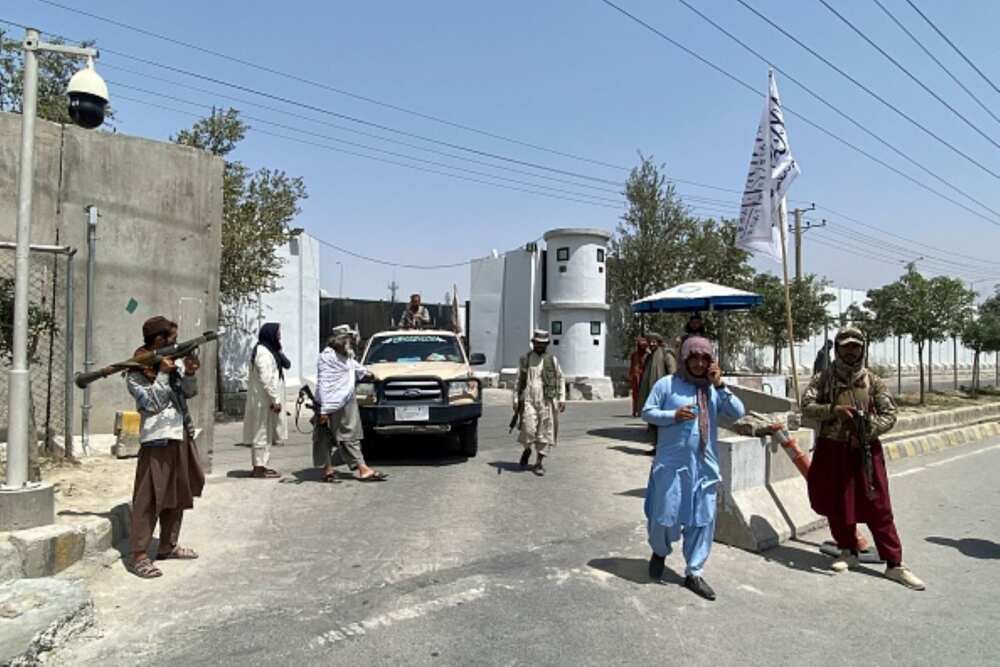9 Things to Know About the Taliban, the New Leaders of Afghanistan
- Afghanistan is again in a state of turmoil after Taliban fighters recaptured the capital city of Kabul on Sunday, August 15
- The Taliban has gone ahead to declare the country an “Islamic Emirate” once more after President Ashraf Ghani abandoned the presidential palace and fled the country
- The operation followed swiftly on from the withdrawal of American troops from the country last month at the order of US President, Joe Biden
PAY ATTENTION: Click “See First” under the “Following” tab to see Legit.ng News on your Facebook News Feed!
FCT, Abuja - It's been 20 years since the Taliban dominated headlines globally and a whole generation of young people in Nigeria and beyond have never heard of them.
The Taliban is back to dominating global headlines after a swift takeover of Kabul, the capital of Afghanistan in a few days.

Source: Getty Images
In this piece, Legit.ng lists 9 things to know about the Taliban.
1. The Taliban came to prominence in 1994 during the Afghan Civil War, its ranks composed largely of students - from which the group - many of whom had been mujahideen resistance fighters who had battled occupation by the Soviet Union in the 1980s.
Do you have a groundbreaking story you would like us to publish? Please reach us through info@corp.legit.ng!
2. The Taliban was led by Mullah Mohammed Omar and conquered first the province of Herat and then the whole country by September 1996, overthrowing the Burhanuddin Rabbani regime and establishing the Islamic Emirate of Afghanistan
3. Although their new state was only recognised diplomatically by Pakistan, the UAE, and Saudi Arabia, the Taliban were initially popular with local citizens.
4. Its rule by strict Sharia law was as tyrannical and ruthless, characterised by the massacre of opponents, denial of United Nations food supplies to starving citizens, and the oppression of women, which meant forcing them to wear burqas and denying girls the right to work, study or travel.
5. Films, music, and other non-Islamic cultural influences were also outlawed and historic artifacts like the Bamiyan Buddha statues were destroyed.
6. The Taliban’s brutal rule was brought to an abrupt end by US-led coalition forces in December 2001 in retaliation for the devastating terror strike on the World Trade Center in New York City, which killed 2,996 people and left 25,000 injured.
7. The attack was orchestrated by Al-Qaeda leader Osama bin Laden from within the Taliban-held Afghanistan.
8. Despite their defeat, Taliban fighters regrouped as an insurgency and have continued to battle to retake the country from US peacekeeping forces ever since.
9. Religious cleric Mawlawi Haibatullah Akhundzada is the current leader of the movement, having succeeded Mullah Akhtar Mohammad Mansour in 2016 when he was killed in a US airstrike on Pakistan. He commands as many as 85,000 fighters.
Meanwhile, former US president, Donald Trump has called on Biden to step down from his post due to the crisis in Afghanistan.
Trump said the situation would have been much different if he was still the president of the United States.
He said in a statement:
“It is time for Joe Biden to resign in disgrace for what he has allowed to happen to Afghanistan.”
Source: Legit.ng



